|
The
54th Nuclear Medicine Imaging Conference
update: Nov 22,
2002
|


- Age/Sex: 82M
- Chief Complaint: 側傫偲側偔懱偑偩傞偄
- Clinical Course
- 15擭慜 complete AV block偱pacemaker怉偊崬傒
- 嶐擭6寧 COPD偵懳偟偰嵼戭巁慺椕朄
- 嶐擭7寧 寫懹姶弌尰
- 嶐擭8寧 撪壢傊擖堾
- 峛忬態惛嵏偺偨傔I-123峛忬態僔儞僠僌儔僼傿傪梊掕偟偰偄偨偑姵幰偺帠忣偵傛傝戅堾偡傞偙偲偲側偭偨丅
- 戅堾慜偵99mTcO4偵曄峏偟偰峛忬態僔儞僠僌儔僼傿傪巤峴偟偨丅
- Lab. data
- TP:7.8g/dl, T-Bil:1.00mg/dl, ALP:329 IU/L, LAP:66 IU/L,
兞-GTP:114 IU/L, CHE:94IU/L, AST:77.4 IU/L, ALT:40 IU/L,
LDH:140.8 IU/L
- CPK:911IU/L, CPKMB:25.8IU/L
- WBC:3200/兪L, RBC:369枩/兪L, Hb:12.0g/dl, Hct 37.4%, Plt
14.9枩/兪L, CRP 0.1mg/dl
- TSH: 179.76兪U/ml, FT3 0.77pg/ml, FT4 0.66ng/dl,
microsome test 409,600, Anti-TPO Ab >50, Anti-Tg Ab
>100
- Images
- Tc-99m scan: uptake 6.8%

- neck CT
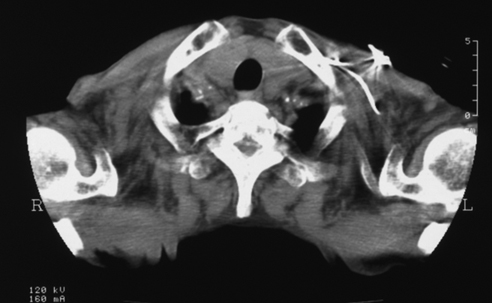
偁側偨偺恌抐偼 What
is your first impression?
What
is your first impression?
 top
top

- Age/Sex: 76F
- Chief Complaint: 嫻晹堎忢堿塭
- Images: (click each image to
magnify)
- X-CT
-
- Nuclear
|
Tl-201 Early
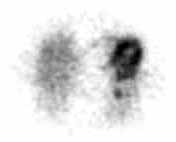
|
Tl-201 Delayed
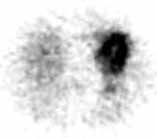
|
F-18 FDG
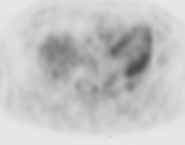
|
丂
偁側偨偺恌抐偼 What
is your first impression?
What
is your first impression?
 top
top

- Age/Sex:51M
- Chief Complaint:
- Clinical course:
2000擭4寧丄憗婜堓娻偺恌抐偱堓晹暘愗彍弍乮T1N0M0丄stage厽A丄
崻帯搙A乯傪庴偗偨丅弍拞銪懝彎偵傛傝銪揈傪庴偗偨丅偦偺屻奜棃偱宱夁娤嶡傪庴偗偰偄偨丅
- Images:
偁側偨偺恌抐偼 What
is your first impression?
What
is your first impression?
 top
top

- Age/Sex: 66M
- Chief Complaint:椉壓巿捝偍傛傃峠挭
- 偁傞昦堾偵擖堾拞偺姵幰偵婲偙偭偨偱偒偛偲偱偡(偙偺強尒偑尨場偱擖堾偵側偭偨傢偗偱偼偁傝傑偣傫乯丅
- 側偤偙傫側強尒偵側偭偨偺偐丠峫偊偰梸偟偄偲偺弌戣幰偐傜偺僐儊儞僩偱偡丅
- Images:
- Bone scan
|
Whole-body
 magnify magnify
|
Left lateral view
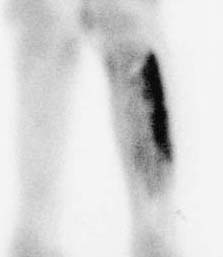
|
偁側偨偺恌抐偼 What
is your first impression?
What
is your first impression?
 top
top

- Age/Sex: 67M
- Chief Complaint: 崪揮堏偺専嶕
- Images:
- Bone scan乮恾1乯
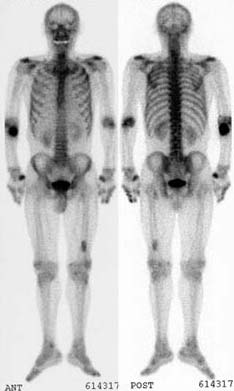 丂
丂
- X-ray film (恾2)

偁側偨偺恌抐偼 What
is your first impression?
What
is your first impression?
 top
top

- Age/Sex:丂31M
- Chief Complaint: no symptom
- Images:
- 摐晧壸(+), FDG7mCi惷拲屻60min偱僈儞儅僇儊儔偵偰coincidence
imaging乮20min廂廤乯
- 嵞峔惉偼FBP朄, BW filter10_54, attenuation
correction側偟)丂
- FDG image忋偺堎忢偼丠
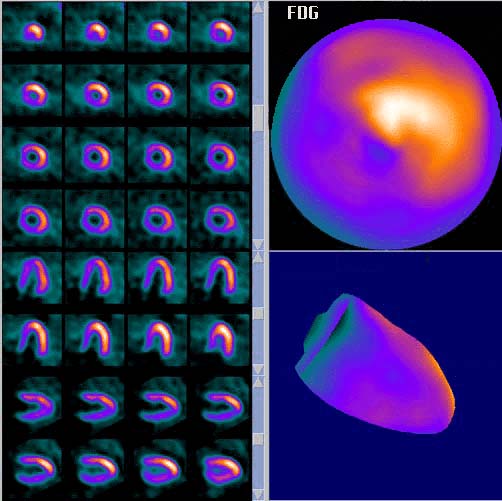

偁側偨偺恌抐偼 What
is your first impression?
What
is your first impression?
 top
top
丂
|
Presentation
from a Recent Paper: MY05
|

A new method for measuring
dynamic change of tracer distribution using dynamic single photon
emission tomography with a slip-ring rotational gamma camera
Y. MIYAZAKI 1; M. HASHIMOTO 2; S.
KINUYA 3; Y. MURATA 4; H. INOUE 1;
J. SHIOZAKI 1; M. TAKIMOTO 1; K. YOSHIOKA
5; K. NAKAJIMA 3; J. TAKI 3
Departments of 1Radiology,
2Neurosurgery, and 4Cardiology, Noto General
Hospital, Nanao, Japan; 3Department of Biotracer Medicine,
Kanazawa University Graduate School of Medical Sciences, Kanazawa,
Japan; and 5Group of Clinical Application Technology,
Daiichi Radioisotope Laboratories, Ltd, Tokyo, Japan
Nuclear Medicine Communications 2002; 23(11):1115-1121
- Background and Purpose
- The clinical applicability of dynamic
single photon emission tomograpy (SPET) using a dual-head gamma
camera equipped with a slip-ring rotational mechanism,
referred to as serial SPET, was examined in the present
investigation. Serial SPET enables the production of
tomographic images for any arbitrary time frame from an
arbitrary range of data to 360亱.
- Methods
- In a pre-clinical evaluation, a correlation
between radioactivity concentration and serial SPET counts was
evaluated in a phantom with continuous changes in
99mTc concentration.
- A differential value was obtained from each
pair of SPET images; moreover, moving average approximation
processing was investigated with respect to the elimination
of noise in the data.
- In 11 and one patient presenting with
cerebrovascular disease and meningioma, respectively, changes
in SPET counts were evaluated when 99mTc-ECD was
continuously administered at a constant rate in the resting
state.
- Furthermore, in 6 of 11 subjects with
cerebrovascular disease, changes occurring in SPET counts were
examined by using acetazolamide loading while continuously
administering 99mTc-ECD at a constant
rate.
- Results
- Serial SPET enabled the evaluation of
changes in radioactivity concentration over time in both the
phantom and preliminary clinical studies.
- Data analysis by differential processing
utilizing moving average approximation processing enabled the
detection of minor changes in radioactivity
concentration.
- An increase of 15.1亇5.4% was observed in
SPET counts of the unaffected cerebral hemisphere with
acetazolamide loading.
- The response of the affected hemisphere was
less prominent.
- Conclusion
- These findings suggest that serial SPET
would be an effective technique for the pharmacokinetic
analysis of radiopharmaceuticals in vivo.
- Key words
- slip-ring gamma camera
- dynamic serial photon emission
tomography
- 99mTc ethyl cysteinate
dimer
- continuous infusion
- acetazolamide
 Image Conference Index Page
Image Conference Index Page  Nuclear
Medicine Home
Nuclear
Medicine Home
偛堄尒丆幙栤偺儊乕儖偼nakajima@med.kanazawa-u.ac.jp



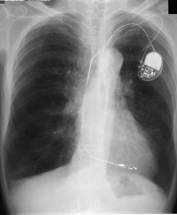 magnify
magnify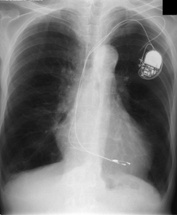 magnify
magnify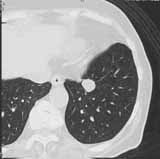 magnify
magnify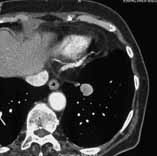 magnify
magnify


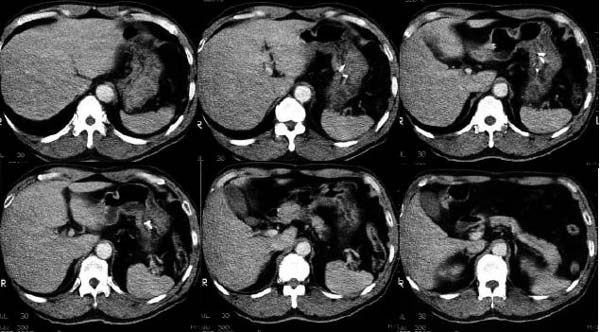

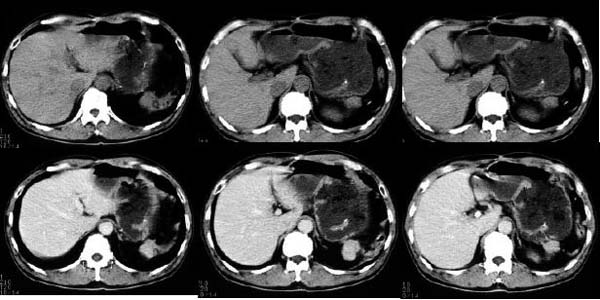
 magnify
magnify
 丂
丂

